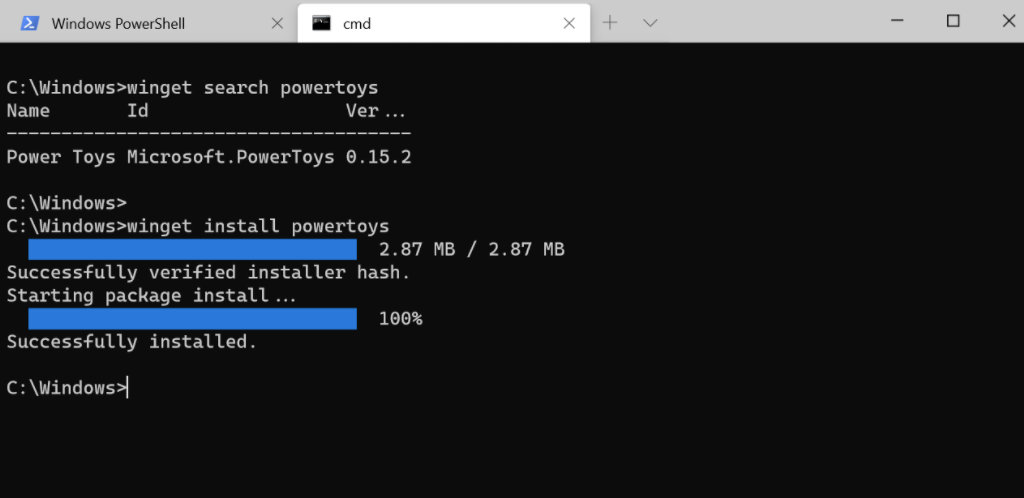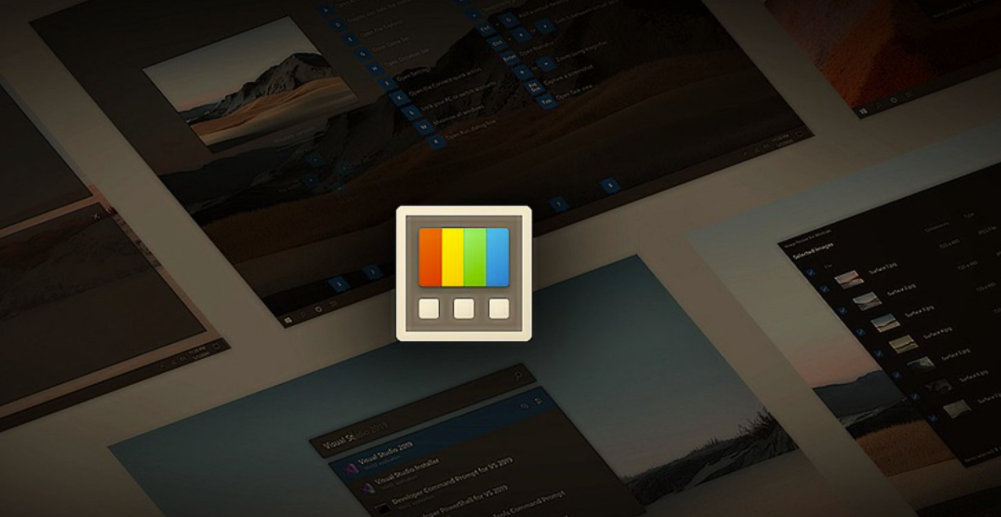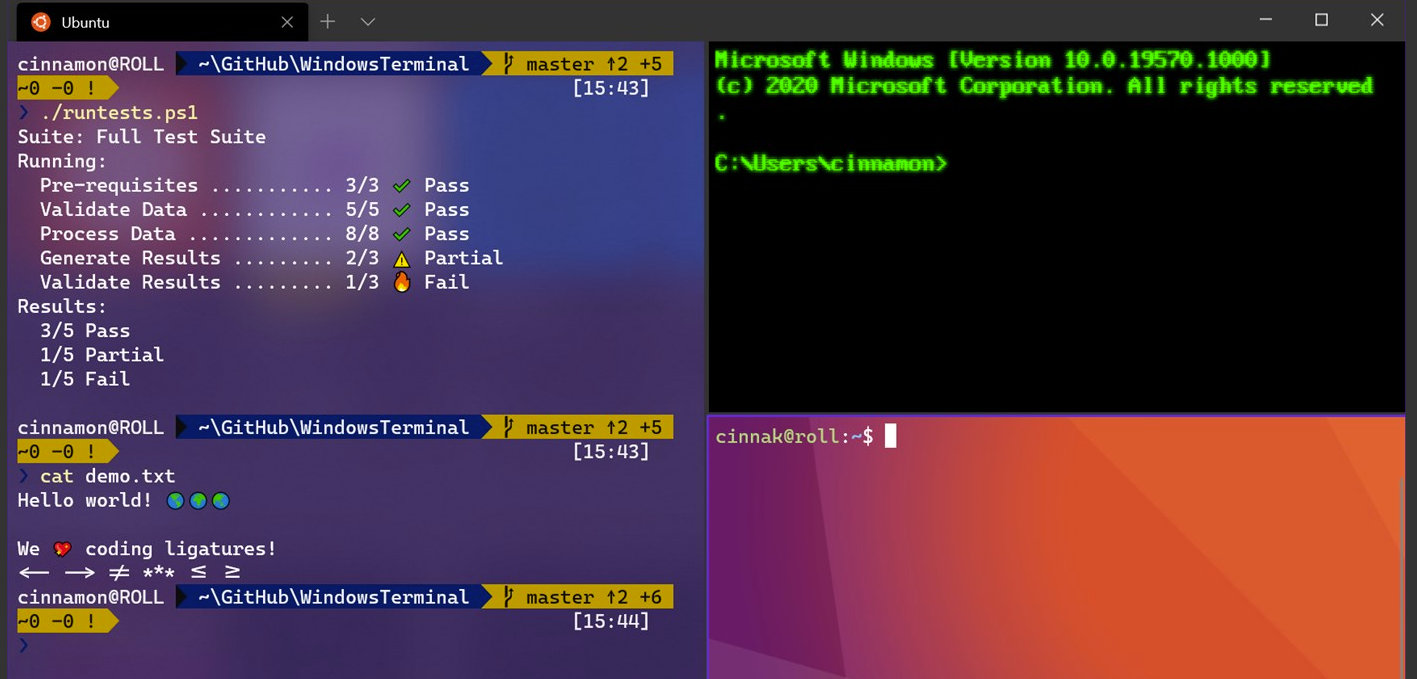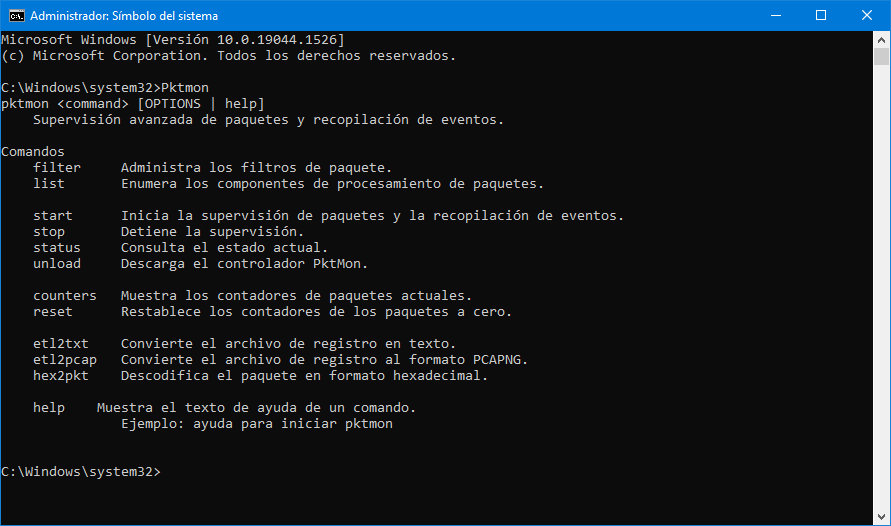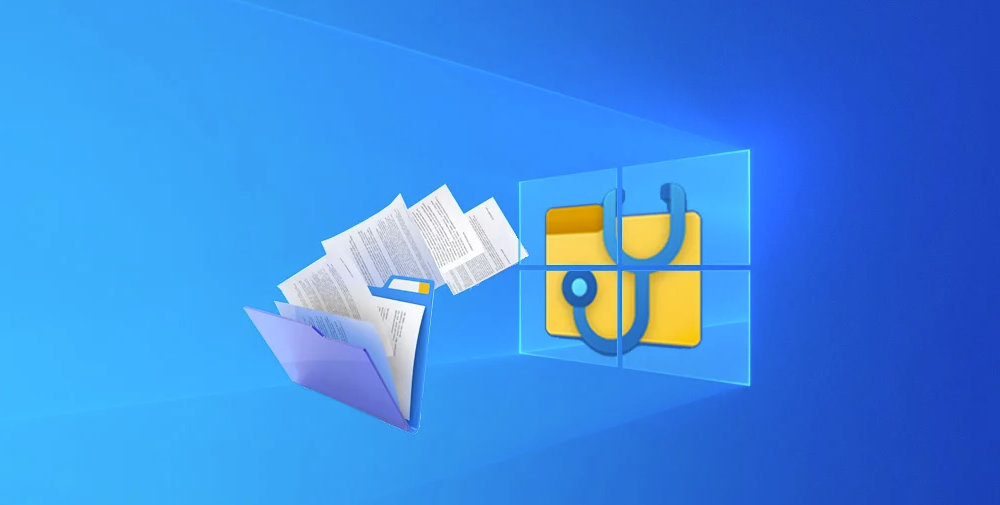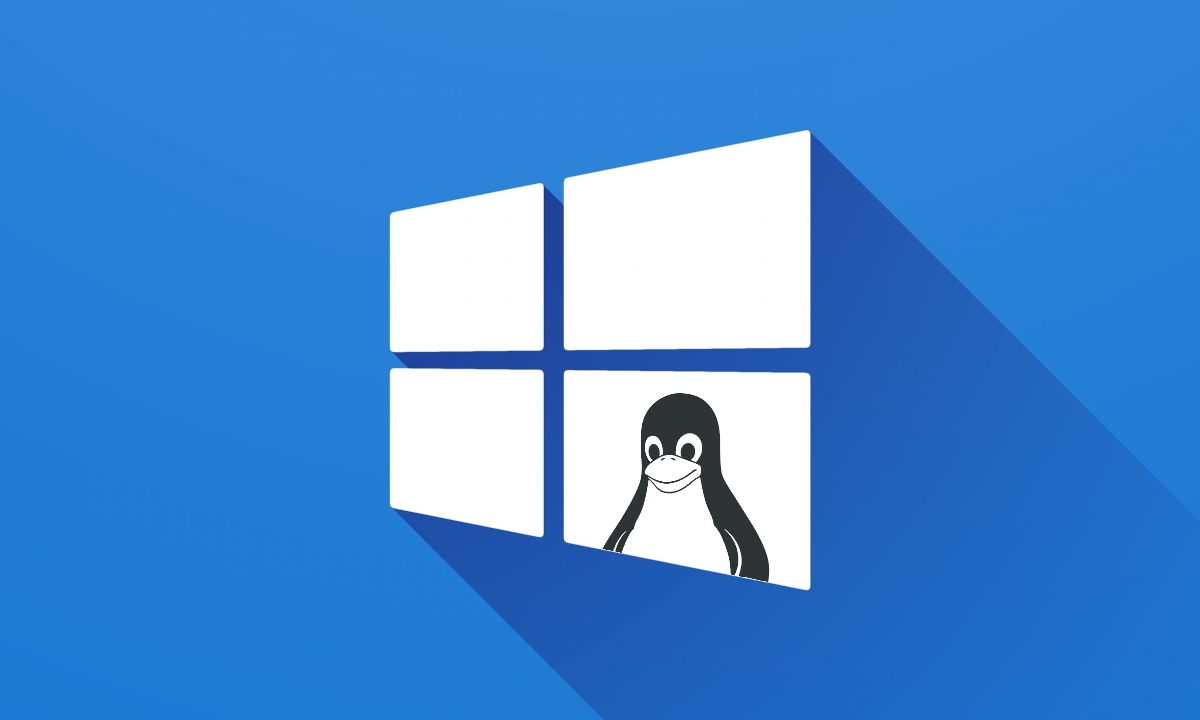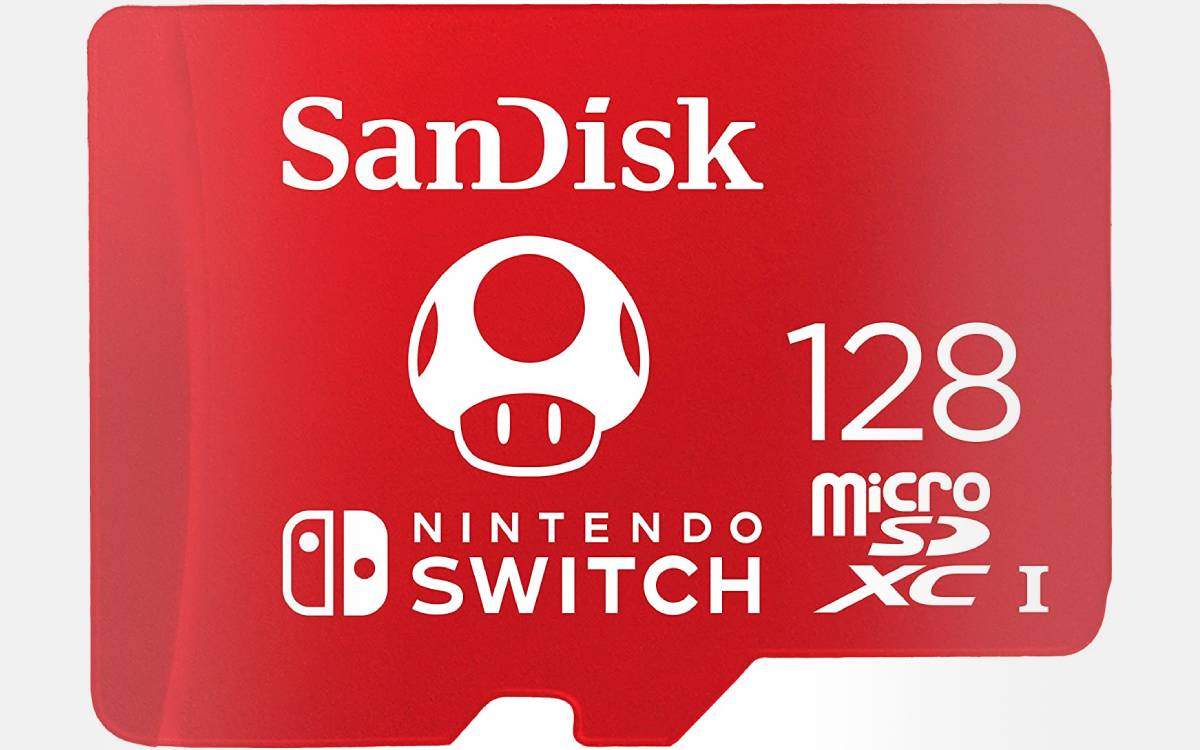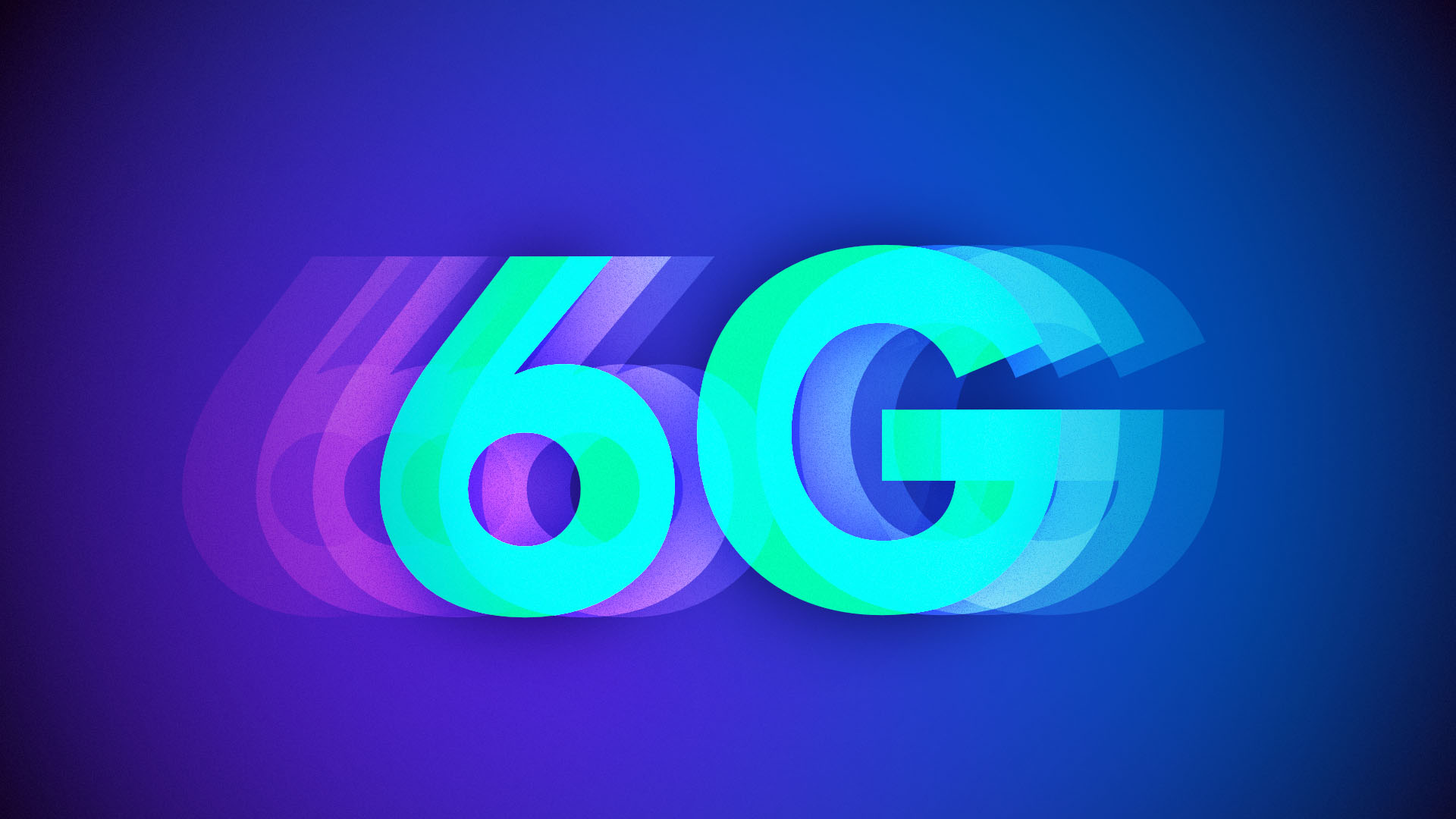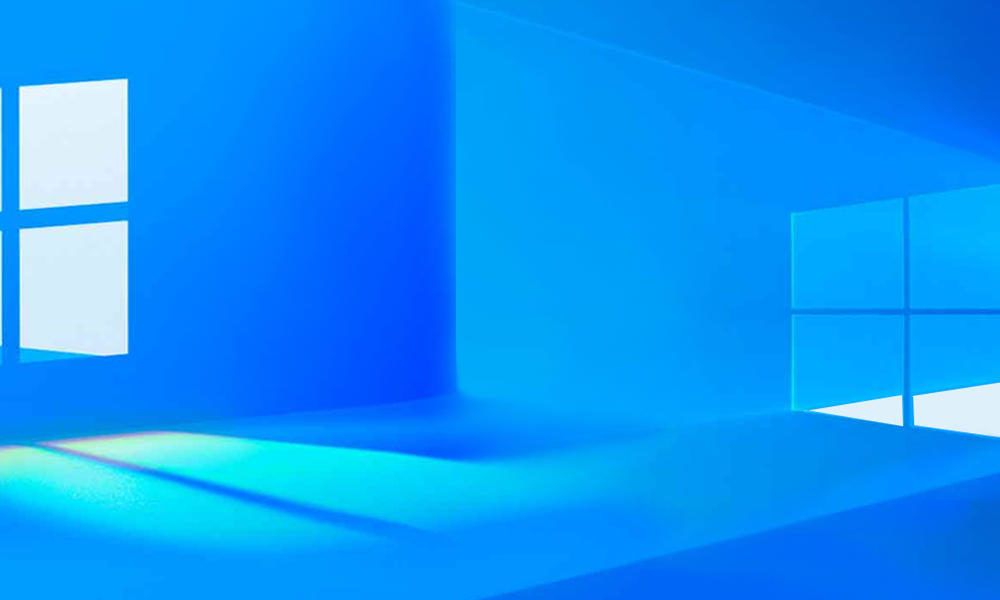
Microsoft has been drifting the development of Windows towards ease of use in order to reach the largest number of users and completely dominate the computer desktop. The learning curves of its operating systems are quite smooth and its operation to carry out basic tasks is within the reach of anyone. Of course, it is not as customizable or as powerful as some would like. At least from what you see at first, because advanced Windows applications also exist beyond the always helpful third-party software that you sometimes have to go to.
Microsoft has been adding this type of tools thinking of system administrators, developers and more advanced users who may be left ‘short’ by the Windows that is offered by default, very focused on interaction with the graphical interface. As there are other ways of working with a computer system, the applications that we are going to propose allow you to access functions that are not generally accessible or that allow you to perform tasks more quickly and efficiently.
Windows Advanced Applications
We select some of the most interesting, although we could add a few more accounts. Microsoft offers them for free, either included in the system or installable from the Microsoft Store or the GitHub repository because some are open source. We also see that “Linux flavor” and in general for Open Source that has not stopped increasing since Satya Nadella’s arrival at the head of Microsoft. Self-interest, of course, but always welcome if the user benefits. Some people wonder if the best thing about Windows 11 is its support for Linux… That’s nothing.
Winget
Is a package manager for windows. It was one of Microsoft’s great novelties at the BUILD 2020 developer conference and it is an open source tool that has been developed independently of Windows, although it is also included in the system. Its goal is to help developers and users to download and install applications in a more powerful and flexible way than the typical installation from an application store or the usual double-click that we use on an executable in Windows.
This type of manager has been part of the most popular GNU/Linux distributions for decades and is a kind of predecessor of the application store model. In this case, Microsoft will maintain a repository of applications submitted by Microsoft and third-party developers, and developers or users will be able to quickly and easily download and install them on their Windows personal computers.
It’s not a tool that all users will use, but there you have it in case you usually use the Windows console and need to install applications alternatively or automate the installation of several programs in a faster and more powerful way. If you want to try it, it is available in the Microsoft Store and in GitHub.
PowerToys
Surely Windows 95 would not have been the same without this set of utilities prepared by Microsoft as external tools that improved the native ones of the system and the integrated controls of Windows. They had changed little until a second version was released for Windows XP in 2002 and finally came for Windows 10.
Microsoft has updated the tool at the release of Windows 11 and is adding utilities over time. The idea is the same as the original Windows 95, offering greater customization (to be more precise “tuning”) and productivity in various tasks.
To use it, download the “PowerToysSetup.msi” file and run it. When the service starts you will see a PowerToys icon in the system tray. Selecting the icon launches the configuration UI. The user interface shows all the individual tools installed, allows you to enable and disable them, and provides settings for each utility. They are all open source and available on GitHub.
WindowsTerminal
Another Linux “inspiration” that Microsoft has turned into the ultimate command line tool for windows. It was developed with the great objective of interacting from a single interface with the classic command prompt, with the advanced Powershell console, and also with WSL 2, which we will also include in this selection.
The tool is still a text-based interpreter and works by executing commands and modifiers, but it offers interesting new features, such as a tabbed user interface, support for GPU acceleration for text processing, full Unicode support including fonts, emojis, themes and greater customization. In the latest versions, the operation with the tabs or panels has been improved, allowing the division of the windows or navigating between the open tabs with a dedicated menu.
The user interface has also been improved, with thinner borders and connected in colors with the system configuration, especially in Windows 11 to please those who, in addition to functions, value consistency in design and a good visual finish. Another novelty has come for the integrated search function, which has been added to the interpreter or the command selector that allows you to display a list with all the available ones. Windows Terminal (latest version is 1.4) is like open source and free and is available in the Microsoft Store and on GitHub, where the source code is also included.
Pktmon
Windows 10 includes a network packet sniffer called ‘Pktmon’, to which two new features were added in the Windows 10 Spring 2020 Update, the ability to view traced packets in real time and to convert Pktmon logs to PCAPNG support. Since PCAPNG is compatible with many network monitoring software, it gives users additional options for analyzing logs.
Among the compatible ones, Wireshark stands out, a de facto standard in many industries, designed for the analysis and resolution of network problems, software and development of communication protocols. And test your home network (just like the “bad guys” would) to stay ahead of potential hacks. Pktmon works directly on the Windows 10 command line.
Windows File Recovery Tool
Accidentally deleted an important file? Did you wipe the hard drive? Not sure what to do with corrupted data? “Windows File Recovery can help you recover your personal data”reads the description of a new tool added by Microsoft that allows recover deleted files from a hard drive or SSD, a USB flash drive or an SD card.
The tool is a command line executable called “winfr” with three default usage modes. In order to use it, you must first download it from the Microsoft Store.
WSL2
We leave for the end the most powerful of the Windows tools that we have reminded you of. And it’s not a Linux inspiration, it’s pure linux because it is the Linux Subsystem for Windows. Quite a bombshell announced at BUILD 2016 that initially allowed Bash to be used (the command interpreter that is installed by default in most GNU/Linux distributions) in Windows 10.
The second version of this tool (WSL 2) improved performance, added a full Linux kernel, as well as other new features such as support for DirectX 12 and graphics applications. Soon you will be able to use custom kernels, connect Linux applications from Windows using localhost and not only via remote IP addresses as before, update the kernel from Windows Update and also the ability to run full Linux applications (in graphical mode).
Microsoft has also made it easy to install with the clear intention that developers who need this type of tool do not need to leave Windows 10. Windows and Linux getting closer and it is some gurus advance bombshells that Windows will end up being an emulation layer in Linux, built under a Linux kernel keeping its user interface, internal tools and system applications. For Windows 11, Microsoft included this subsystem also in its official store to facilitate installation.
These advanced Windows applications are interesting, although they are not intended for all users, they are very useful for developers, administrators and more advanced users when it comes to executing tasks in a more flexible or faster way, or accessing functions that are not available by default. defect in the graphical user interface.
